Newsroom
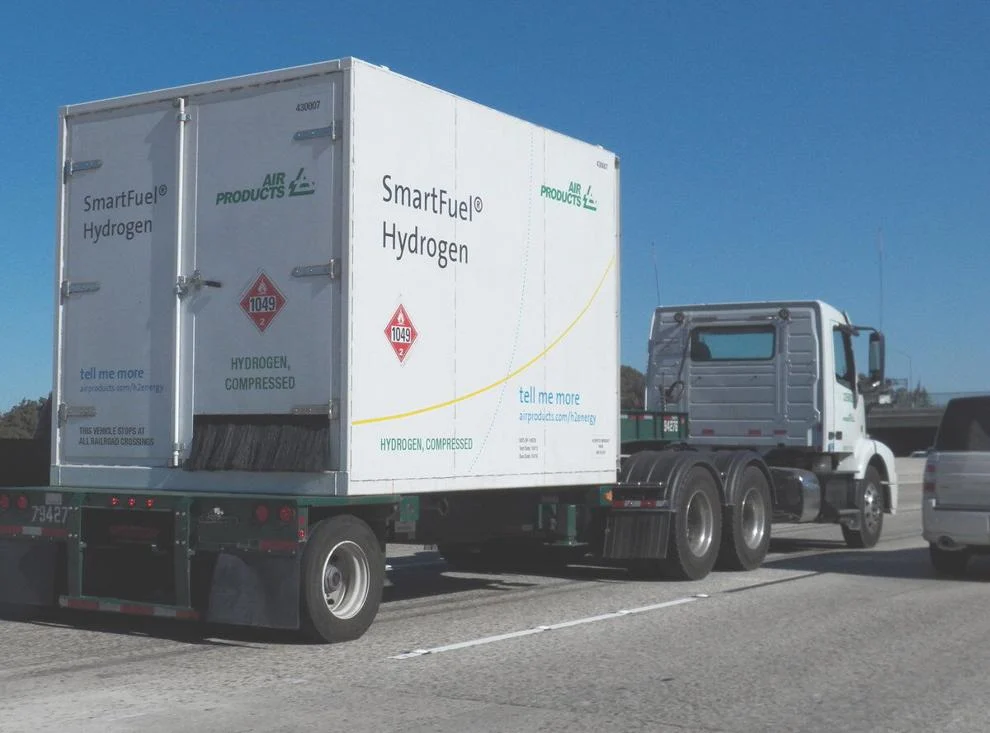
Puget Sound Energy, Modern Hydrogen Partner to Deliver ‘Clean Hydrogen’
Puget Sound Energy has teamed up with clean-energy supplier Modern Hydrogen to develop a new low-emissions approach to creating hydrogen for use in the commercial and industrial sectors, PSE said in a press release.
“PSE is undergoing the most significant transformation in our history as we strive to meet Washington state’s clean-energy laws—some of the most ambitious in the nation,” said Josh Jacobs, PSE vice president of energy strategy and planning. “Our partnership with Modern Hydrogen is a significant step towards achieving this vision, as their technology has the potential to help our largest gas customers accelerate their decarbonization programs and reduce their greenhouse gas emissions.”
Modern Hydrogen and a growing number of climate-tech startups are exploring a new method of creating hydrogen, called clean hydrogen, that diverts from the more common green hydrogen—which employs electrolysis using clean electricity to split water into hydrogen and oxygen.
Green hydrogen has been popularized over the last several years as a low-emissions fuel aimed at helping commercial and industrial sectors transition away from fossil fuels.
However, the current unprecedented electricity demand presents a problem for using electrolysis, said Michael Jung, director of government affairs and public policy at Modern Hydrogen.
“Right now, it’s [artificial intelligence] data centers versus green hydrogen electrolyzers competing for the next electron on the renewable side of the grid,” Jung told Clearing Up.
Green hydrogen production is governed by the American Clean Power Association’s three pillars: time-matching, additionality and regionality, which David Brown, founder and CEO of Oregon-based Obsidian Renewables, says makes the production of green hydrogen economically unviable.
Additionality requires that hydrogen production be powered by new clean-electricity sources to avoid diverting clean energy from other uses—excluding Washington and California, which are allowed to use legacy hydro, wind and solar power. Time-matching holds that the hydrogen production process must occur during the same hours that clean electricity is generating, ensuring that production isn’t subsidized by fossil fuels when clean energy is not available. Regionality requires the hydrogen production facility to be in the same region as the electricity source to limit grid congestion.
Additionality in particular makes Brown question the feasibility of electrolysis.
“To get a green hydrogen project going, you not only have to develop a green hydrogen project, but you also have to develop new wind and solar at the same time, and so now you’ve got a super complex development project,” Brown told Clearing Up. “If you’re building that new wind and solar, you’re going to sell it to a data center, you’re not going to sell it to a brand-new startup.”
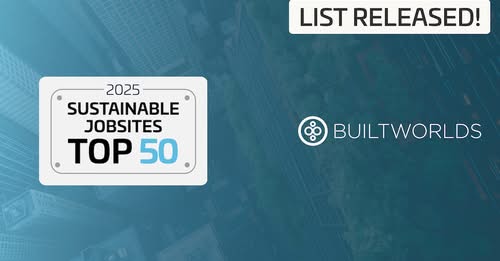
BuiltWorlds Names Modern Hydrogen in Top 50 2025 Sustainable Jobsites
BuiltWorlds has just released its 2025 Sustainable Jobsites Top 50 List!
We’re highlighting the top technologies in Equipment Fuel Alternatives, ESG Compliance & Tracking, Waste Management, and Water & Electricity Utilities Tracking, as determined by 2025 Sustainable Jobsite Survey responses, direct industry research, member conversations and feedback, and case studies. Read the full list: https://builtworlds.com/…/2025-sustainable-jobsites…/
This list is particularly important as the role of technology has become pivotal to the industry’s evolving sustainability goals. And while our research shows overall improvement in that endeavor, with a majority contractors rating their ability to run sustainable jobsites as either “Good” (36.8%) or “Excellent” (21.1%). There is still room for improvement. A significant portion of contractors still rate their sustainability efforts as either “Fair” (31.6%) or “Poor” (7.9%).

Power Engineering: Modern Hydrogen, Mesa Solutions team up for on-site hydrogen power for data centers
Modern Hydrogen, a provider of distributed hydrogen production and carbon management, and Mesa Solutions, a provider of on-site power generation, announced a strategic partnership to deliver a “groundbreaking” clean power solution for data centers.
The two companies officially signed the partnership agreement on Tuesday at the POWERGEN International Conference in Houston, with Modern Hydrogen CEO Tony Pan and Mesa Solutions CEO Scott Gromer making joint announcements.
This solution allows data centers to deploy scalable, firm power solutions using every natural gas connection available — without depending on the grid.
By combining Mesa Solutions’ experience with multi-megawatt on-site power generation with Modern Hydrogen’s distributed technology for decarbonizing natural gas, the partnership aims to enable data centers to access scalable hydrogen power — without waiting for hydrogen infrastructure buildout or paying for costly delivery.
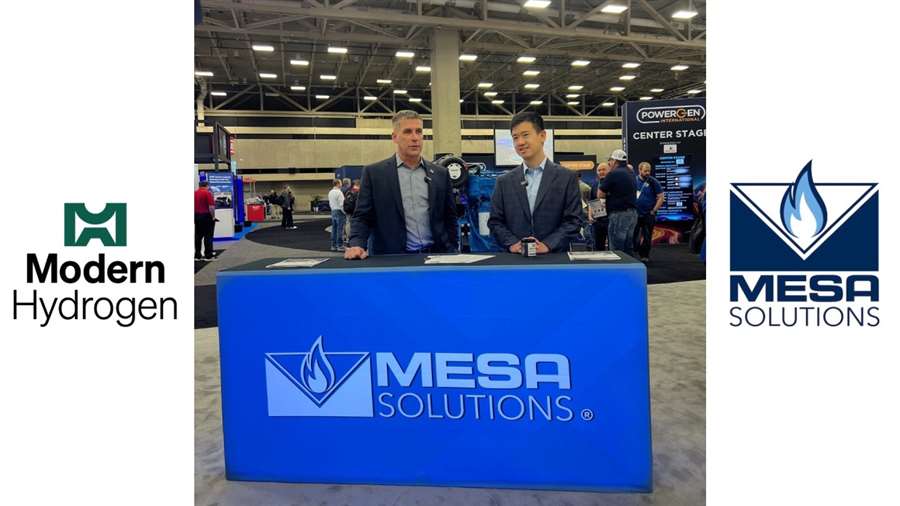
FCW: Modern Hydrogen and Mesa Solutions Partner to Deliver On-Site Clean Power for Data Centers
Industry leaders unveil collaboration to enable next-generation, reliable, and cost-effective hydrogen power generation from natural gas
Modern Hydrogen, a leader in distributed hydrogen production and carbon management, and Mesa Solutions, a premier provider of on-site power generation, today announced a strategic partnership to deliver a groundbreaking clean power solution for data centers.
The two companies officially signed the partnership agreement at 10:30 a.m. on Tuesday at the POWERGEN International Conference in Dallas. Modern Hydrogen CEO Tony Pan and Mesa Natural Gas Solutions CEO Scott Gromer made joint announcements.
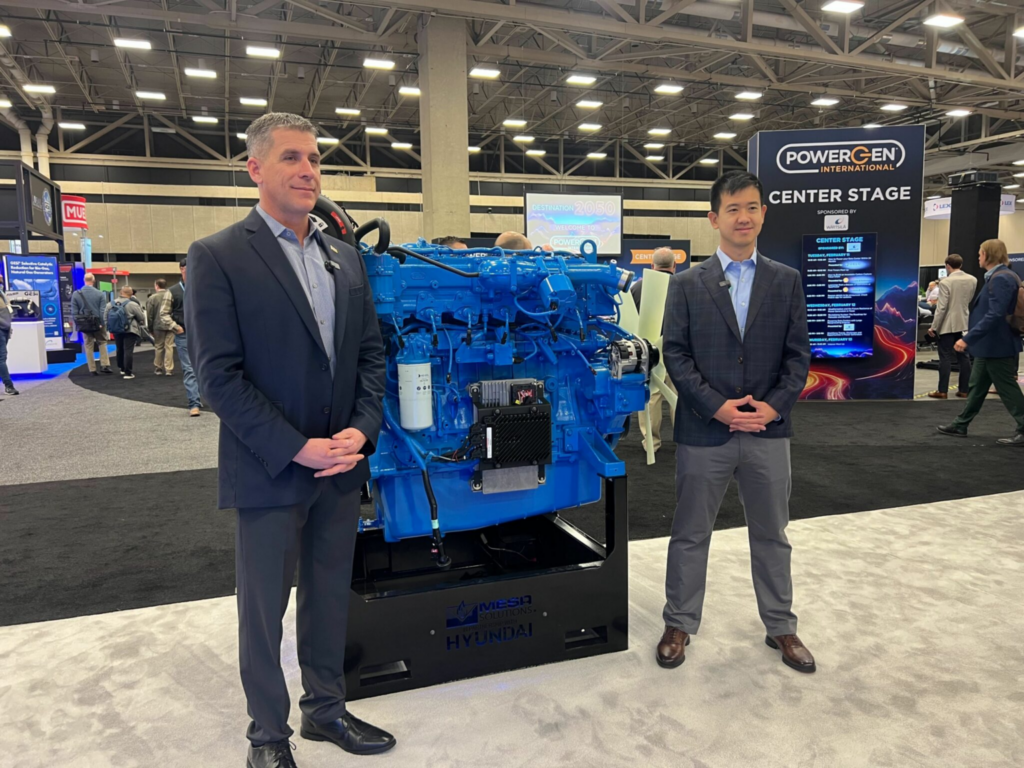
Modern Hydrogen and Mesa Solutions Partner to Deliver On-Site Clean Power for Data Centers
Houston, TX—February 11, 2025—Modern Hydrogen, a leader in distributed hydrogen production and carbon management, and Mesa Solutions, a premier provider of on-site power generation, today announced a strategic partnership to deliver a groundbreaking clean power solution for data centers.
The two companies officially signed the partnership agreement at 10:30a.m. Tuesday at the POWERGEN International Conference in Houston, with Modern Hydrogen CEO Tony Pan and Mesa Solutions CEO Scott Gromer making joint announcements.

Mesa Solutions, Modern Hydrogen sign H2 MoU
Mesa Solutions, which specializes in natural gas or liquid propane-powered mobile generators and engines, and Modern Hydrogen, a provider of distributed hydrogen production and carbon management, announced the signing of a memorandum of understanding (MoU) at PowerGen International, Feb. 11-13, in Dallas, Texas, for development of a clean power solution for data centers.

Fuel Cell Works: Puget Sound Energy and Modern Hydrogen Forge Decarbonization Path with Innovative Hydrogen Technology
Puget Sound Energy (PSE), Washington’s largest utility, and Modern Hydrogen, a clean energy technology leader, today announced a strategic partnership to drive the adoption of advanced decarbonized technologies in support of meeting Washington state’s clean energy goals.
Modern Hydrogen’s innovative carbon removal technology enables large-scale CO2 emissions reduction in Washington’s most difficult-to-decarbonize commercial & industrial sectors. By joining forces, PSE and Modern Hydrogen will promote the development of distributed methane pyrolysis technology, a groundbreaking solution that removes carbon from natural gas at the point-of-use for commercial and industrial operations.
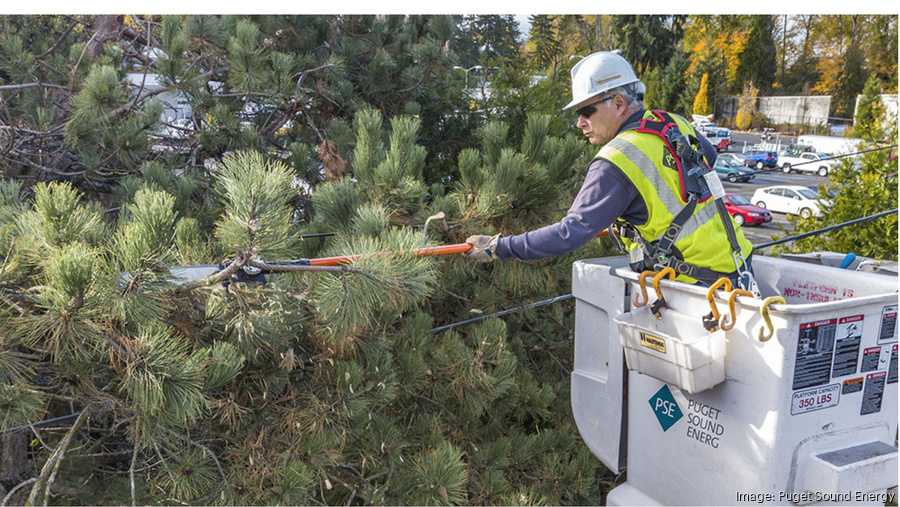
PSBJ: Puget Sound Energy partners with Woodinville company to decarbonize natural gas
The partnership is targeting commercial and industrial clients.

S&P: Puget Sound Energy, Modern Hydrogen partner to decarbonize large gas customers
Washington state multi-utility Puget Sound Energy Inc. announced a strategic partnership to help its commercial and industrial gas customers deploy Modern Hydrogen Inc.’s on-site hydrogen production and carbon capture and utilization technology.
The partnership will identify customers interested in installing Modern Hydrogen’s methane pyrolysis equipment in order to meet their decarbonization goals. Puget Sound Energy and Modern Hydrogen will support technology deployments, conduct market analysis and evaluate customer deployments in site-specific applications, the companies said in a Jan. 29 press release.
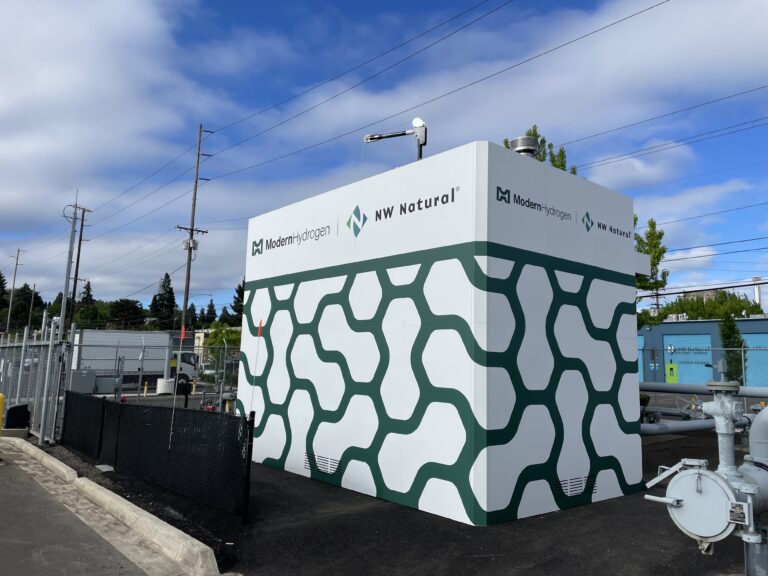
GeekWire: Modern Hydrogen and major Seattle-area utility aim for less controversial clean energy fix
The Woodinville, Wash., company announced a partnership Wednesday with Puget Sound Energy (PSE), a major Seattle-area utility, in which the two are collaborating to find industrial customers interested in Modern Hydrogen’s climate friendly technology. That could include steel and cement makers and pulp-and-paper manufacturers that use processes requiring ultra-high temperatures that are difficult to reach through low-carbon means.
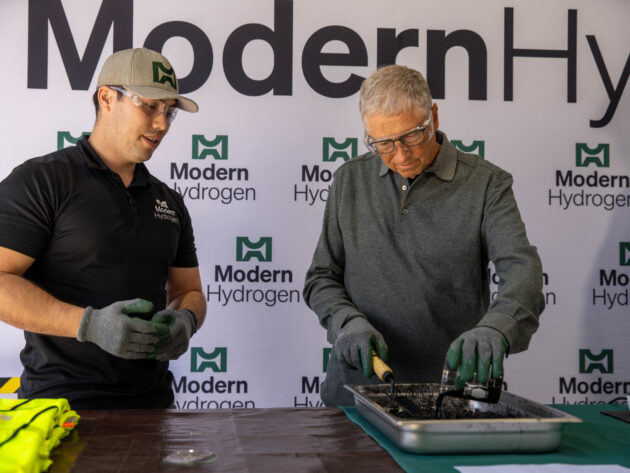
GeekWire: Seattle-area startup Modern Hydrogen raises $25M to fuel clean energy efforts
Woodinville, Wash.-based clean tech startup Modern Hydrogen raised $25 million in new funding.
The company confirmed the new investment after GeekWire spotted a regulatory filing. Existing and new investors participated in the latest round.
“We plan to talk more about our new strategic partnerships after the New Year that expands into new markets, and how we can enhance the value of existing gas infrastructure already on the ground, and speed up carbon capture and utilization,” Modern Hydrogen CEO Tony Pan said in a statement.
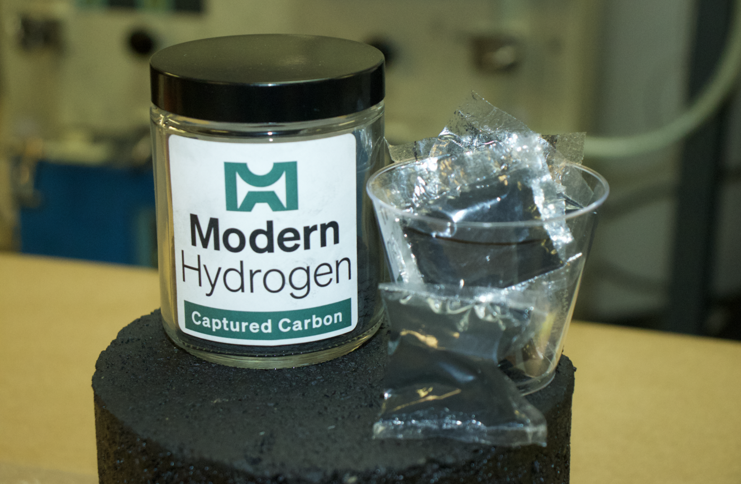
Woodinville’s Modern Hydrogen Brings Carbon-Sequestered Asphalt to Snohomish Road
A Woodinville company this week demonstrated an element of its road, literally and figuratively, to making energy cleaner and cheaper.
Modern Hydrogen developed a process, methane pyrolysis, which strips carbon out of natural gas, creating a solid form of carbon whose uses include sequestration into roads. Additionally, stripping carbon out of natural gas leaves hydrogen that can be used for clean power.
